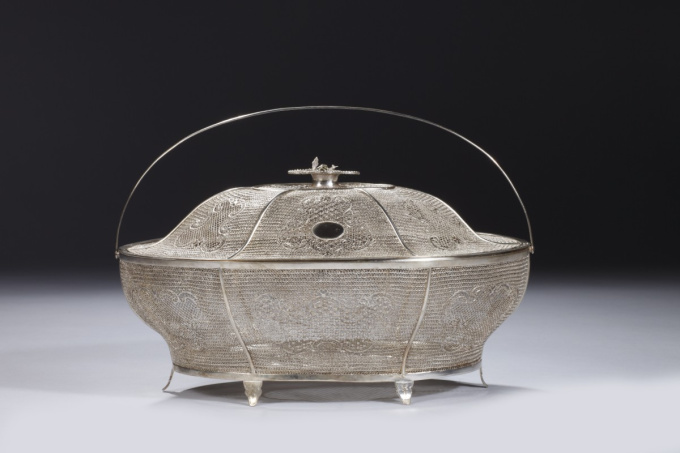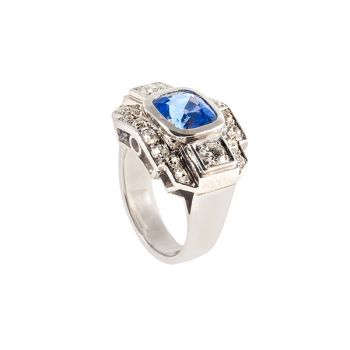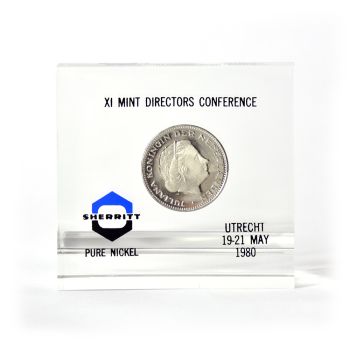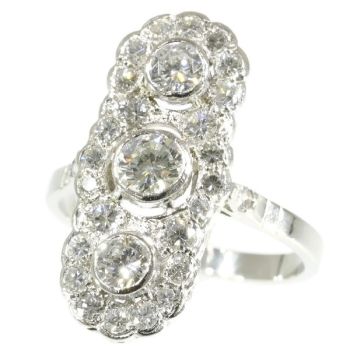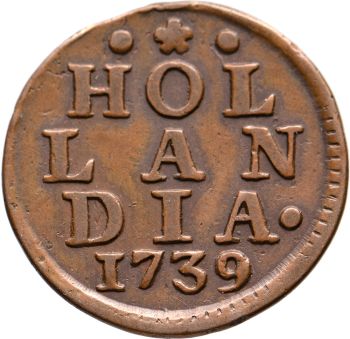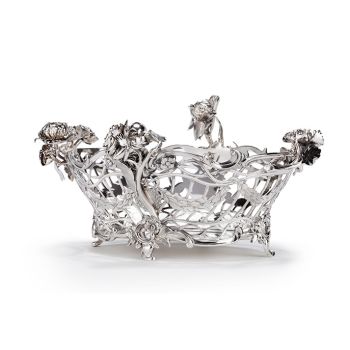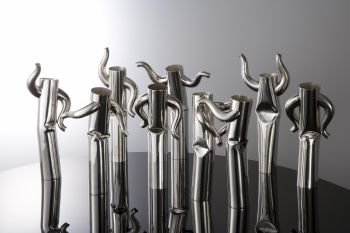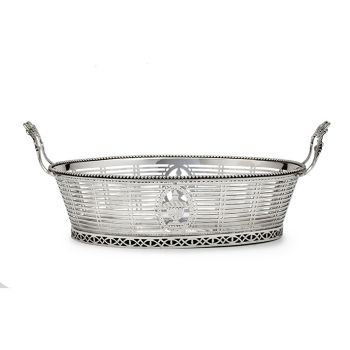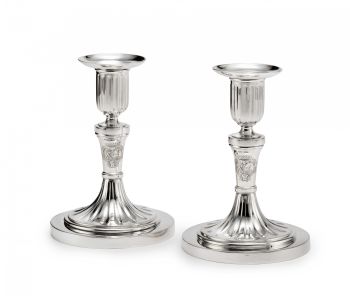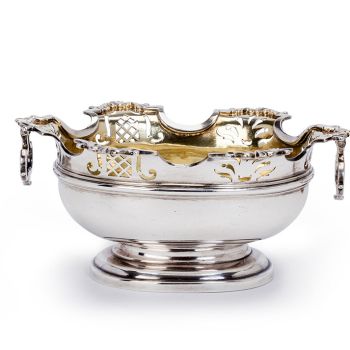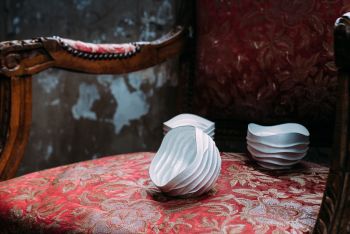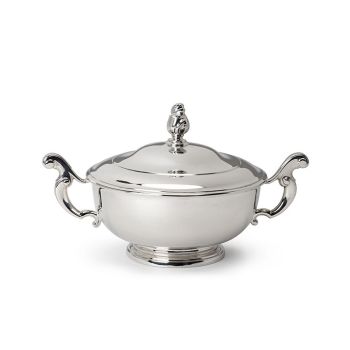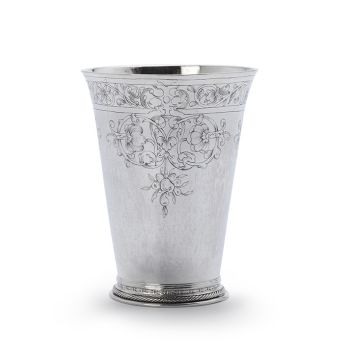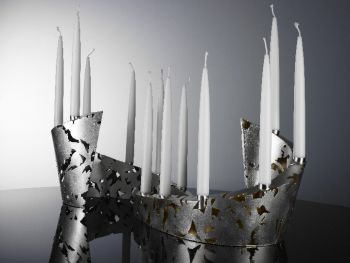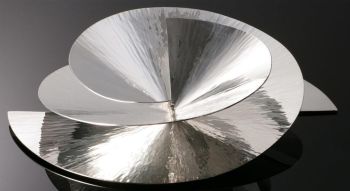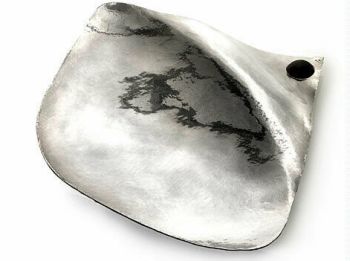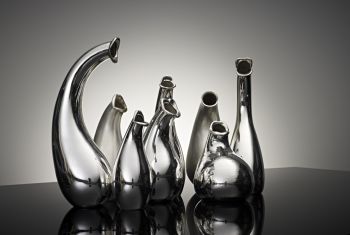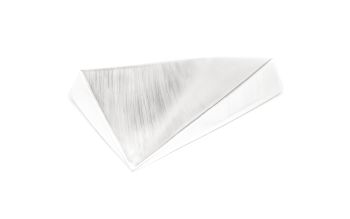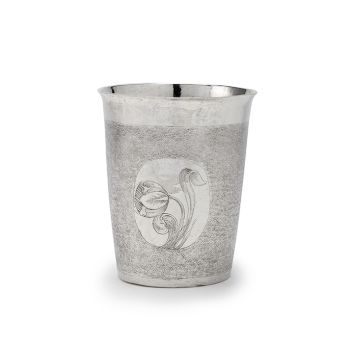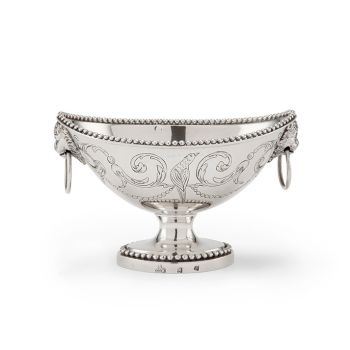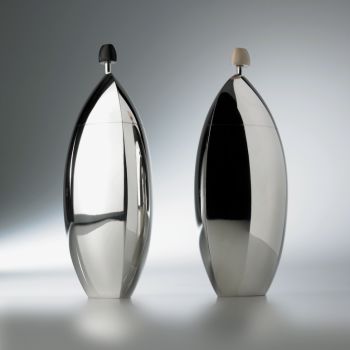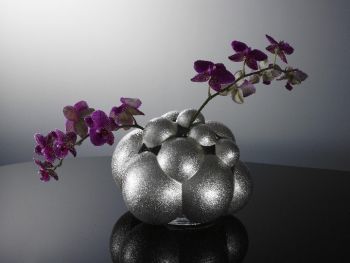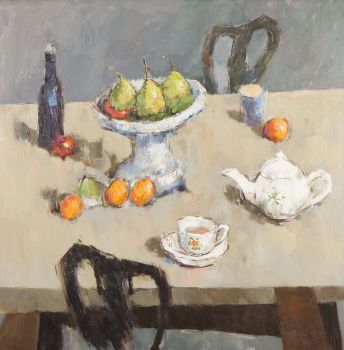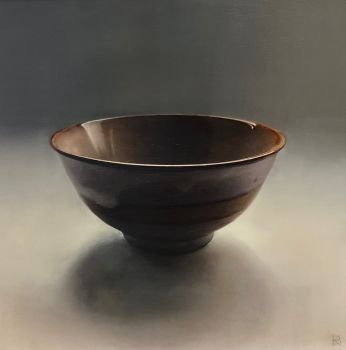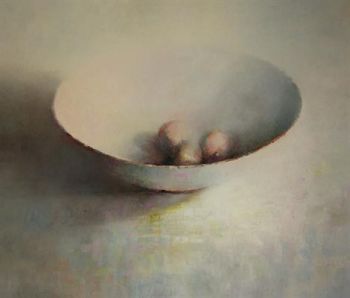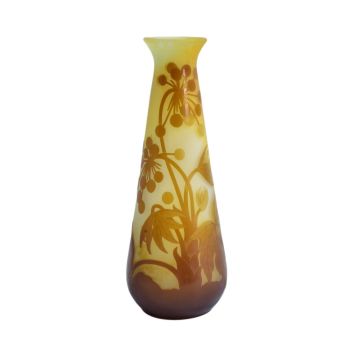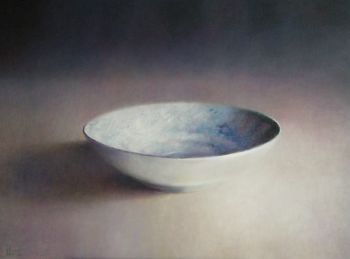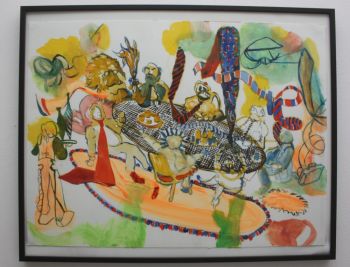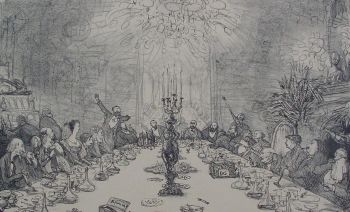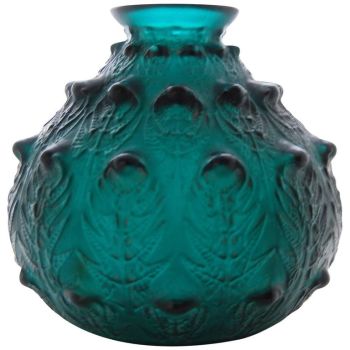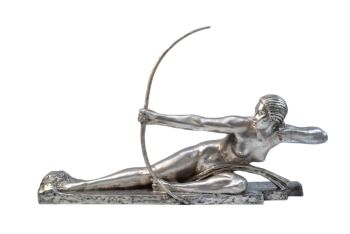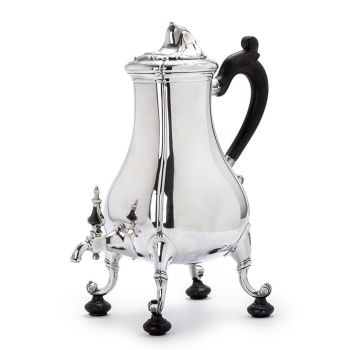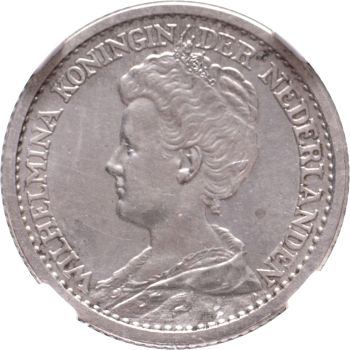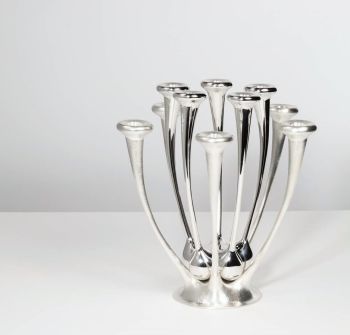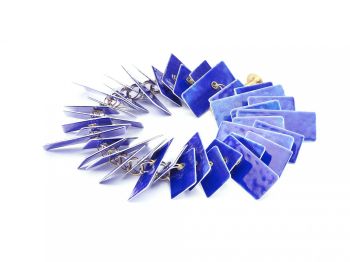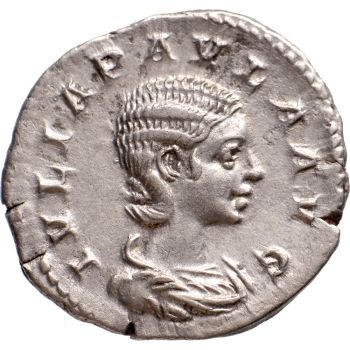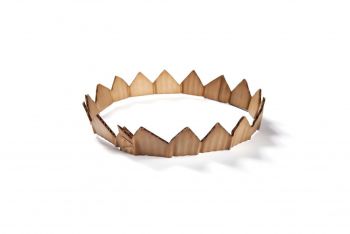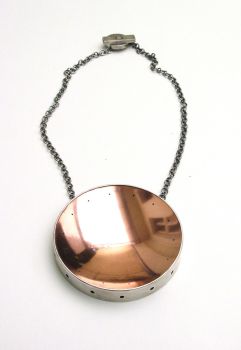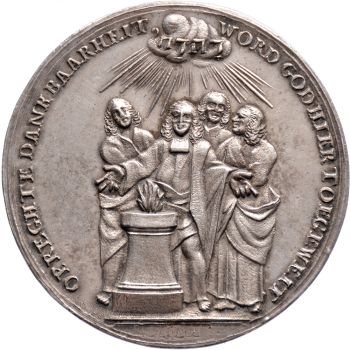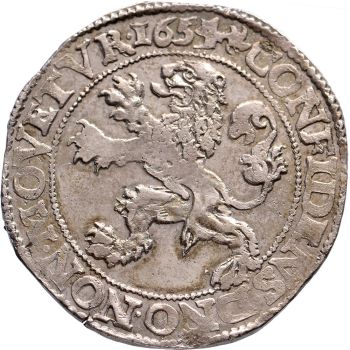Cesto con coperchio, Cina, fine XVIII/inizi XIX secolo 1780 - 1820
Artista Sconosciuto
FiligranaArgento
15 ⨯ 26 cm
Attualmente non disponibile tramite Gallerease
- A proposito di opere d'arteSilver filigree, the rim of the cover with insciption reading: 'To Miss Nisbet Hamilton on the occasion of her Marriage, with the respectful good wishes of her Tesidenters on her Winton Estate, September 1888'
Constance Nisbet Hamilton (1843-1920) married Henry Ogilvy.
Height 15 cm, length 26 cm
The origins of Winton House in East Lohan, Scotland, date back to 1480 when George 4th Lord Seton commenced the building of Winton Castle. In 1544 during the War of the Rough Wooing it was destroyed. In 1600 the Seton family were granted Earldom and the first Earl set about restoring the castle. Restoration was completed in 1620 more as a palatial than a defensive house.
After the Jacobite Rebellions the Seton family who backed the House of Stuart lost their title and Winton castle. In 1779 Mrs. Hamilton Nisbet bought Winton House and Estate, restored it and passed it down through females till in 1885 it was inherited by Constance Nisbet Hamilton (1843 – 1920). Through her grandmother Mary, who married Thomas 7th Earl of Elgin of the Elgin Marbles, Constance was related to the Elgin family.
In 1888 Constance married Henry Ogilvy. This certainly was the Scottish wedding of the year, attended by hundreds of nobility and the tenant farmers on her estate. Constance was an extremely wealthy woman owning several estates, castles, houses, villages and at least 40 farms in Scotland and England. This casket was one of the numerous gifts she received as a measure not only of thanks for interest shown and favours conveyed but certainly also as a measure of real affection. Winton House is still owned by the Ogilvy family and is considered a masterpiece of Scottish Renaissance architecture with a large collection of fine furniture and many important paintings. - A proposito di opere artista
Può succedere che un artista o un creatore sia sconosciuto.
Alcune opere non sono determinate da chi sono state realizzate o sono state realizzate da (un gruppo di) artigiani. Esempi sono statue dell'antichità, mobili, specchi o firme non chiare o leggibili ma anche alcune opere non sono affatto firmate.
Inoltre puoi trovare la seguente descrizione:
•"Attribuito a …." A loro avviso probabilmente opera dell'artista, almeno in parte
•“Studio di ….” o “Officina di” A loro avviso un'opera eseguita nello studio o nella bottega dell'artista, eventualmente sotto la sua supervisione
•“Cerchio di…” A loro avviso un'opera del periodo dell'artista che mostra la sua influenza, strettamente legata all'artista ma non necessariamente al suo allievo
•"Stile di..." o "Seguace di..." A loro avviso un'opera eseguita nello stile dell'artista ma non necessariamente da un allievo; può essere contemporaneo o quasi contemporaneo
•“Modalità di…” A loro avviso un'opera nello stile dell'artista ma di epoca successiva
•"Dopo …." A loro avviso una copia (di qualsiasi data) di un'opera dell'artista
•“Firmato…”, “Datato…” o “Iscritto” A loro avviso l'opera è stata firmata/datata/inscritta dall'artista. L'aggiunta di un punto interrogativo indica un elemento di dubbio
•"Con firma....", "Con data...", "Con iscrizione..." o “Riporta firma/data/iscrizione” a loro avviso la firma/data/iscrizione è stata aggiunta da qualcuno diverso dall'artista
Artwork details
Related artworks
Artista Sconosciuto
Olandesi in miniatura (Netsuke)1700 - 1900
Prezzo su richiestaZebregs & Röell - Fine Art - Antiques
Artista Sconosciuto
Un rare filigrane un gobelet retortoli1550 - 1600
Prezzo su richiestaPeter Korf de Gidts - Antiquairs
Artista Sconosciuto
Anello retrò in platino con diamanti e zaffiro1940 - 1950
Prezzo su richiestaLyppens Juweliers
Artista Sconosciuto
UN NETSUKE IN AVORIO DI UN OLANDESE CHE GIOCA CON UN RAGAZZINO18th century
Prezzo su richiestaZebregs & Röell - Fine Art - Antiques
1 - 4 / 12Artista Sconosciuto
A silver spoon commemorating Juff’ Margareta van Hoorn1656 - 1694
Prezzo su richiestaZebregs & Röell - Fine Art - Antiques
Frederik Rudolf Precht
Trancio di pesce d'argento olandese1756
Prezzo su richiestaJacob J. Roosjen SRI
Johannes Schiotling
Un paio di candelieri olandesi in argento1784
Prezzo su richiestaJacob J. Roosjen SRI
Artista Sconosciuto
Un cestino di dolci d'argento olandese1738
Prezzo su richiestaJacob J. Roosjen SRI
Jarich Gerrits van der Lely
Becher d'argento olandese Dutch1657
Prezzo su richiestaJacob J. Roosjen SRI
Reynier de Haan
Un'elegante coppa Monteith in argento olandese Luigi XVI1778
Prezzo su richiestaJacob J. Roosjen SRI
Artista Sconosciuto
Bicchiere d'argento olandese del XVII secolo1653 - 1677
Prezzo su richiestaJacob J. Roosjen SRI
Jan Cornelis van Hemert
Cestino di dolci in argento olandese1799
Prezzo su richiestaJacob J. Roosjen SRI
Artista Sconosciuto
A silver spoon commemorating Juff’ Margareta van Hoorn1656 - 1694
Prezzo su richiestaZebregs & Röell - Fine Art - Antiques
1 - 4 / 24Herman Bogman jr.
Flower still life of a nasturtium in a blue vase1950 - 1965
Prezzo su richiestaAdelwein Kunst
Johann Loetz (Lötz) Witwe Klostermühle
Johann Loetz Witwe - Phänomen Genre 7773 – Orange1900 - 1910
Prezzo su richiestaAntiques Emporium
René Lalique
Un rarissimo vaso "Fougeres" verde intenso disegnato da R. Lalique1912
€ 8.950Lennart Booij Fine Art and Rare Items
 A cura di
A cura diSilla Scheepens
1 - 4 / 24Jan Cornelis van Hemert
Cestino di dolci in argento olandese1799
Prezzo su richiestaJacob J. Roosjen SRI
Artista Sconosciuto
Bicchiere d'argento olandese del XVII secolo1653 - 1677
Prezzo su richiestaJacob J. Roosjen SRI
Johannes Schiotling
Un paio di candelieri olandesi in argento1784
Prezzo su richiestaJacob J. Roosjen SRI
1 - 4 / 24

